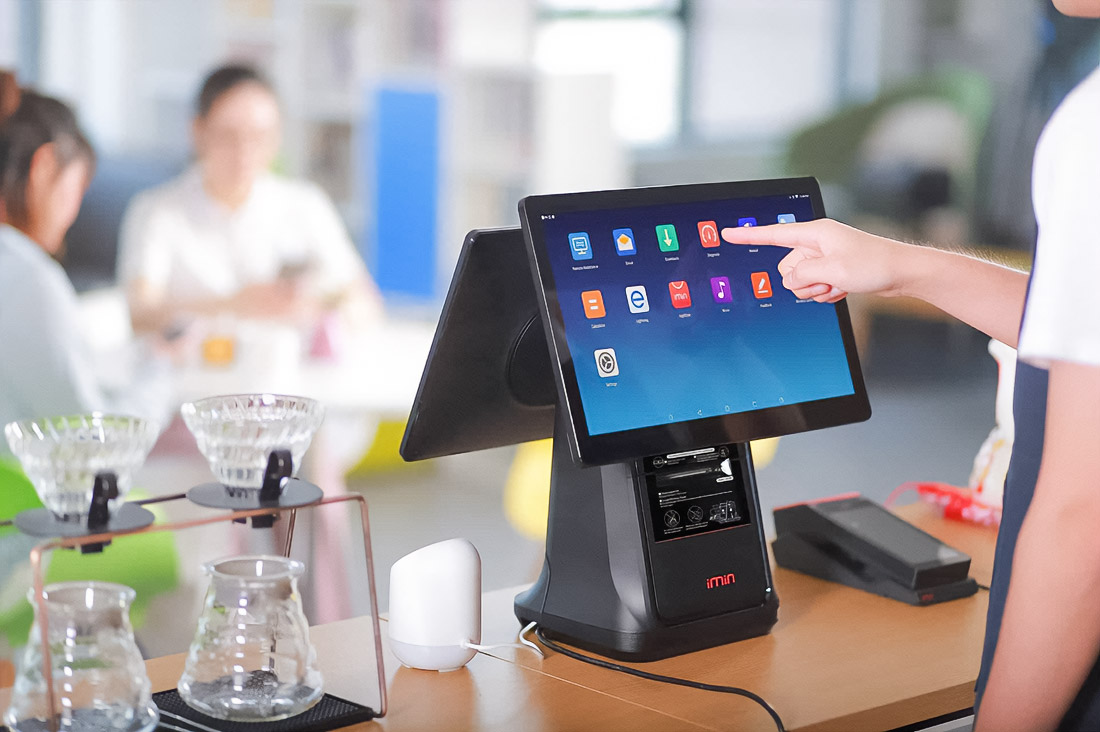In a modern, fast world, where every minute is on account, the ability to accurately predict the length of a queue has become critically important for business. Today, thanks to progress in field algorithms and technologies, companies in all sectors — from telecommunications to healthcare — strive to use machine learning to minimize time waiting and increase quality service. For example, systems on aristostar.com demonstrate how modern technologies can improve client experience.
Revolution in Acceleration Service: How Machine Learning Changes Approaches to Prediction Queues

Power Learning Algorithms: Basics Machine Learning
Machine learning — this dynamically developing field that allows algorithms to learn and improve on basic data. There are three types of algorithms: supervised learning, unsupervised learning, and learning with reinforcement. Supervised learning is ideally suitable for prediction queues based on historical data for the creation of accurate models.
- Supervised learning can use labels, time, and length of previous queues for construction predictive models.
- Historical data about flows clients can include information for years, providing algorithms data for learning.
Arsenal Tools and Methods: Methods and Algorithms
Prediction length queues require the use of diverse methods. Focus on the most effective:
- Linear regression: more often, all used in simple scenarios with predictable dependence on such factors as time day or day week.
- Decision trees: applied for processing complex and branched data, ideally suitable for categorical features.
- Neural networks: capable of learning complex patterns even in conditions of strong variability input data.
- Methods ensembles: such as random forests and gradient boosting, unite models for increased accuracy and decreased risk overfitting.
Successful Stories and Practical Examples
In practice, machine learning already brings tangible results in various fields:
– Retail trade: Networks supermarkets analyze trading activity for optimal opening cash registers in peak hours. This allows for saving up to 30% of the time waiting for clients.
– Telecommunications: Operators communication predict loads on lines support on basis data about seasonal patterns load. Growth quality service thanks this reaches 50%.
– Healthcare: Hospitals use predictions time waiting for effective planning work doctors, reducing time waiting on 40% and improving satisfaction patients.
Excellence and Disadvantages Machine Learning
Application machine learning for prediction length queues provides a number of significant advantages:
- High accuracy: Modern methods reach accuracy up 95% in predictions.
- Adaptability: Models can be updated with new data, adjusting to changing conditions.
- Economic benefit: Optimization reduces operational expenses up 20%.
However, exist and limitations:
- Necessity of high-quality data for training models.
- Complex models can require significant computational power and time for training.
- Difficulties in interpretation of complex models, such as neural networks.
Look Forward: Future Prediction Queues
Future use machine learning in prediction queues promises be even more exciting and productive. With development artificial intelligence and specialized computational resources, models can become even more accurate and faster adapt to changes. Besides, integration such technologies, as internet things (IoT) and blockchain, can open new perspectives for real time management and transparency operations.
So, machine learning provides business innovative means for prediction queues, increasing efficiency and satisfaction clients in various industries. Development these technologies will continue open new opportunities and support companies in achievement their ambitious goals.

